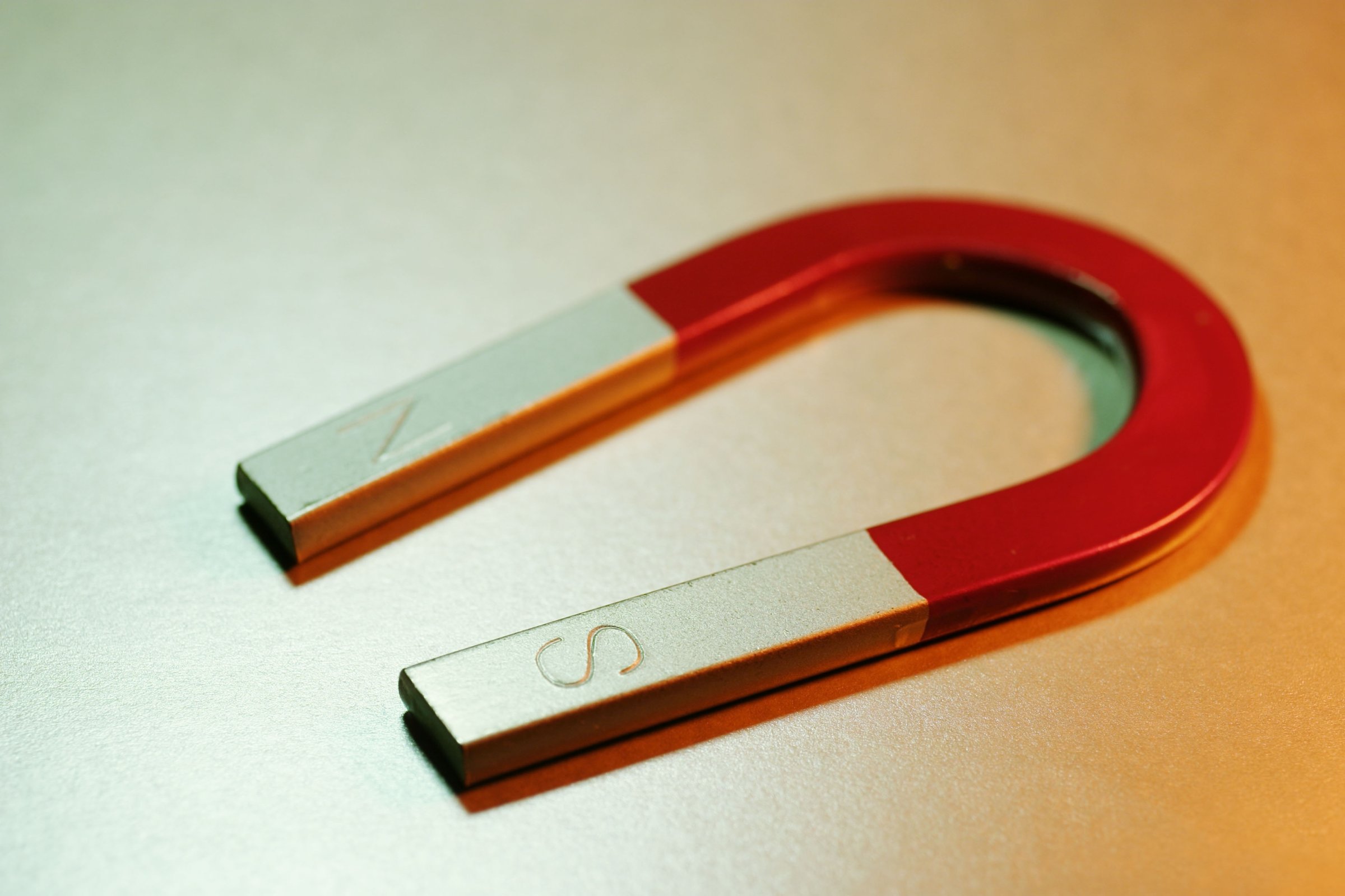
Targeting a particular part of the brain with magnetic pulses may be a non-invasive way to improve memory, a new published in the journal Science study shows.
Researchers from Northwestern University Feinberg School of Medicine have discovered that by using a procedure called Transcranial Magnetic Stimulation (TMS)—which has shown potential as a non-pharmacological way to treat stubborn depression—they can change memory functions in the brains of adults. The initial goal of the study was to determine whether a memory-related brain network could be manipulated, and whether that manipulation could lead to improved recall.
The researchers hypothesized that remembering events requires several brain regions to work together with the part of the brain called the hippocampus, which is involved in memory. If there was a way to stimulate these regions, they could sync up better, which would improve memory and cognition. “[The research] was more of a hunch than I’d like to admit,” says study author Joel Voss, a assistant professor of medical social sciences at Northwestern, who has studied memory for years. “I am interested in this network, and whether we can actually improve this system.”
To test this, Voss and his team of researchers had 16 healthy adults between the ages of 21 and 40 undergo MRIs so the researchers could learn the participants’ brain structures. Then, the participants took a memory test which consisted of random associations between words and images that they were asked to remember. Then, the participants underwent brain stimulation with TMS for 20 minutes a day for five days in a row. TMS uses magnetic pulses to stimulate areas of the brain. It doesn’t typically hurt, and has been described by some as a light knocking sensation. The researchers stimulated the regions of the brain involved in the memory network.
Throughout the five days, the participants were tested on recall after the stimulation and underwent more MRIs. The participants also underwent a faked placebo procedure. The results showed that after about three days, the stimulation resulted in improved memory, and they got about 30% more associations right with stimulation than without. Not only that, but the MRIs showed that the brain regions became more synchronized by the TMS.
Though the improvement was relatively small, Voss says they want to test the efficacy in other populations—like those who are aging or those who are starting to deal with the first stages of memory loss. The effects may be more pronounced in an “unhealthy” person because a healthy person will have a more normal baseline to start from, and there’s not as much room for improvement.
TMS is FDA approved as a treatment for depression. The procedure is used to stimulate regions of the brain in a depressed person that are inactive and involved in mood regulation. As TIME covered in May, TMS is currently used when a patient doesn’t respond to antidepressants, but some researchers think it could be used as a first-line treatment. Voss has been involved in some research in the past involving TMS for depression, and it was looking at that MRI data that helped him piece the puzzle together for his hunch that the brain memory system could be stimulated with positive results.
The new research is still very experimental and only looked at a small population. But it’s still intriguing. “This is not a treatment that someone could ask their doctor for. It’s still in very early stages,” says Voss. “But I think it has more promise than anything developed yet.”
More Must-Reads from TIME
- Why Biden Dropped Out
- Ukraine’s Plan to Survive Trump
- The Rise of a New Kind of Parenting Guru
- The Chaos and Commotion of the RNC in Photos
- Why We All Have a Stake in Twisters’ Success
- 8 Eating Habits That Actually Improve Your Sleep
- Welcome to the Noah Lyles Olympics
- Get Our Paris Olympics Newsletter in Your Inbox
Contact us at letters@time.com